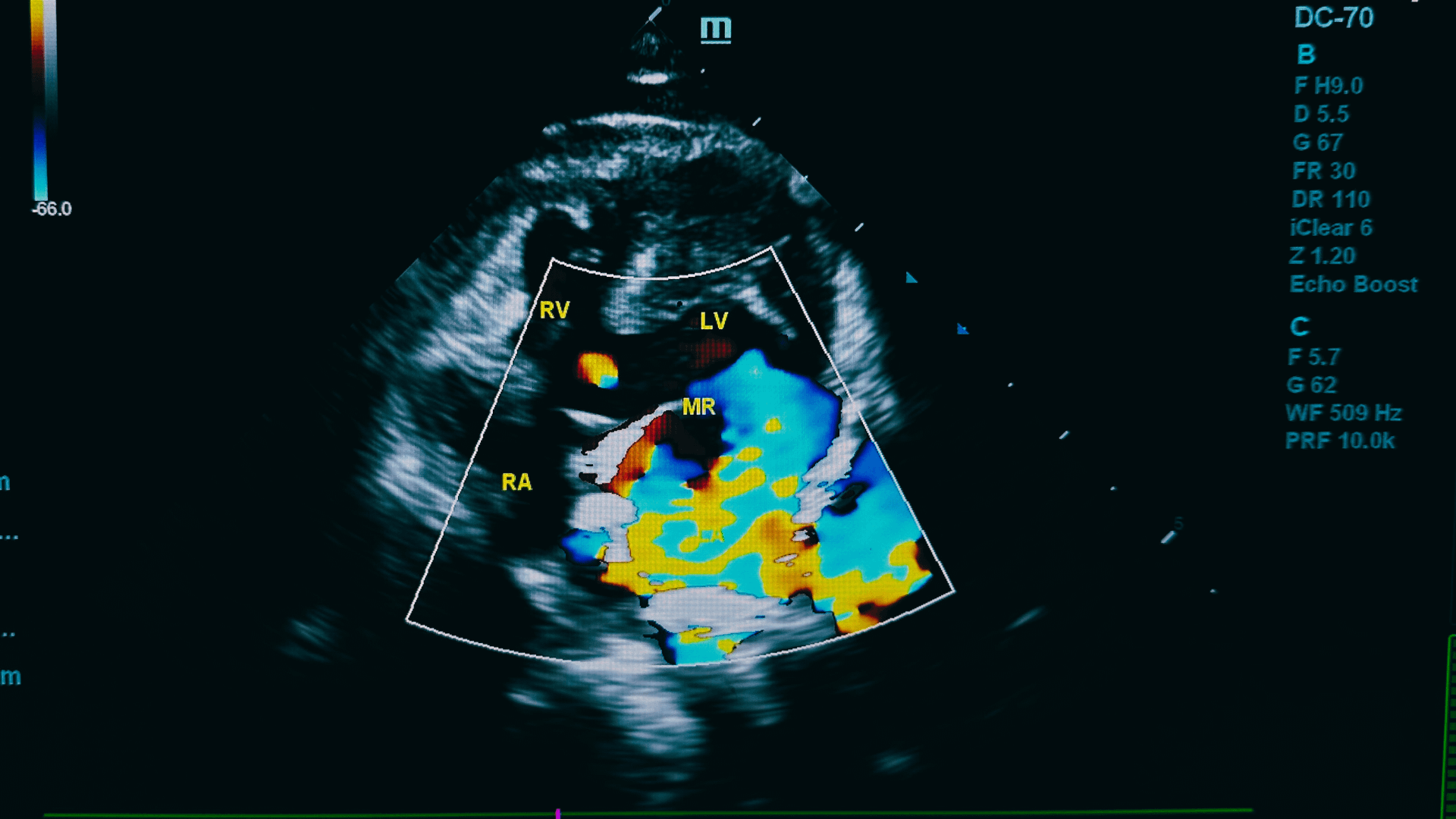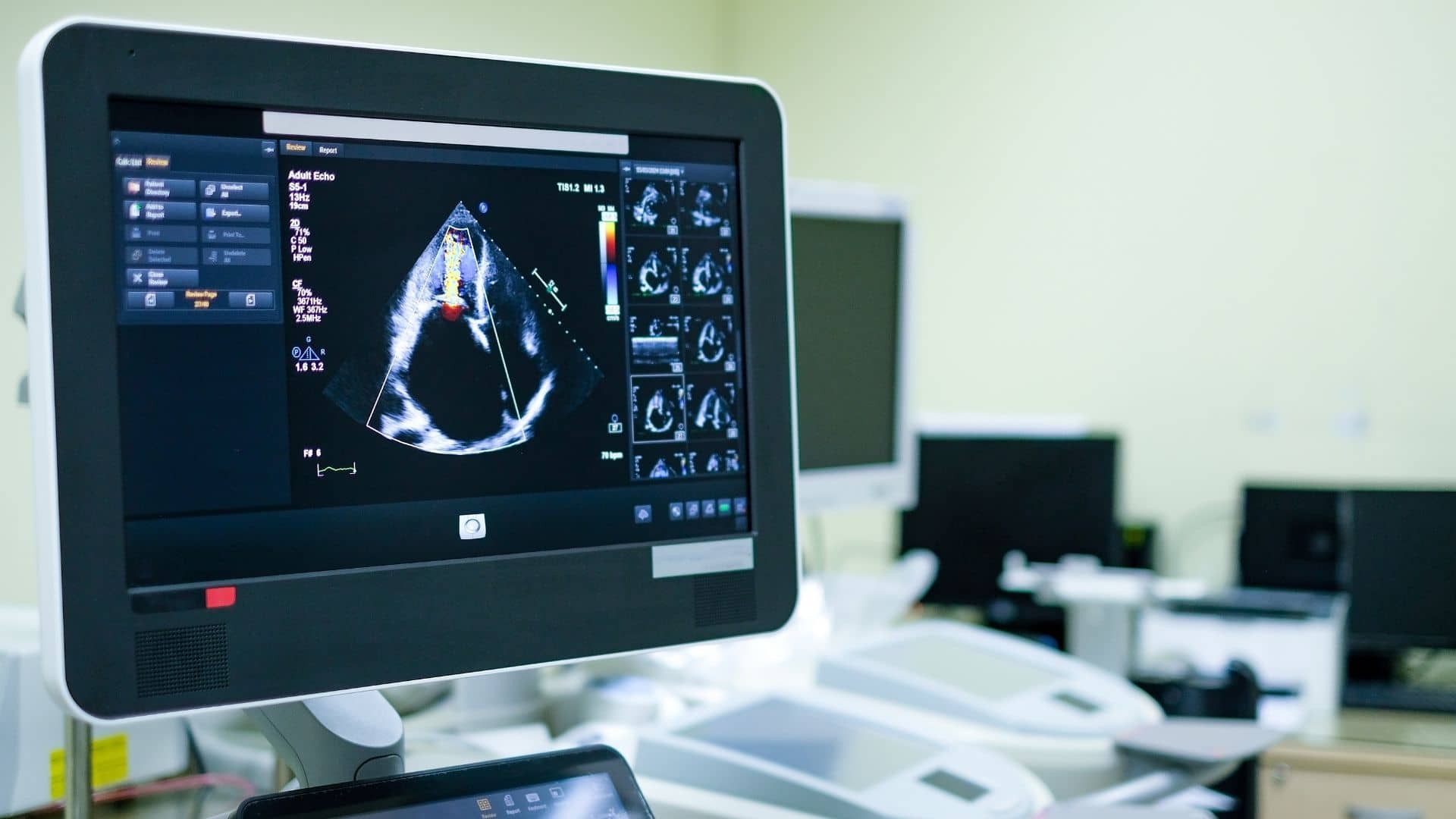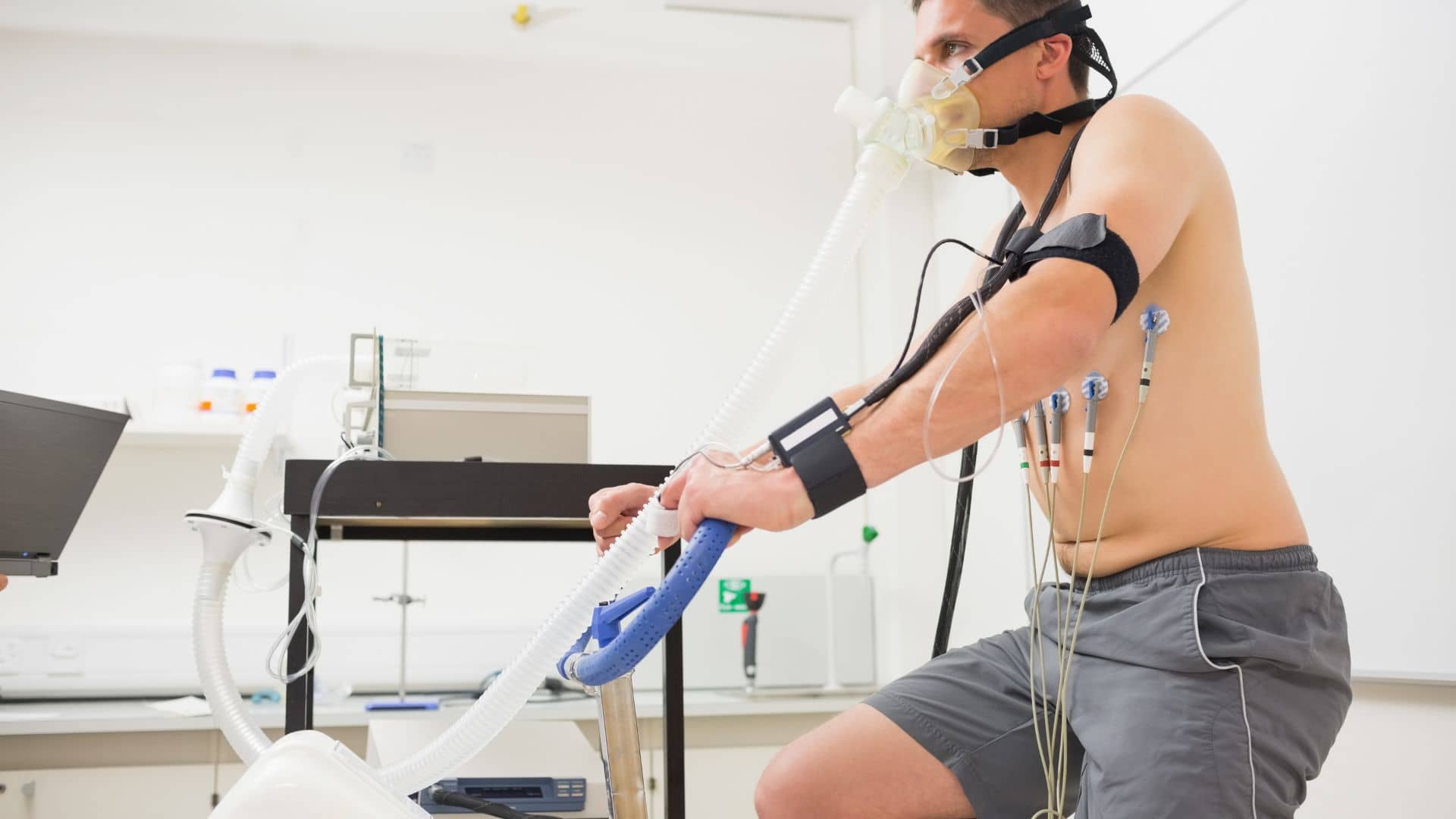The 96137 CPT code forms a significant backbone in the domain of medical billing and coding, having a specific association with psychological or neuropsychological testing services. This CPT code for mental health encompasses the process of test administration and scoring by a physician or any other adept healthcare professional, giving the highest importance to comprehensive evaluation procedures.
Let’s have a better look into its purpose, alternative procedures, patient experience, and related codes, providing clarity to patients and professionals alike.
What Does 96137 CPT Code Cover?
The 96137 CPT code is used for the administration and scoring of each additional unit of psychological or neuropsychological tests. This code typically follows CPT code 96136, which represents the initial hour of testing.
For example:
- Primary Code (96136): First 60 minutes of test administration and scoring.
- Additional Units (96137): Each subsequent 30 minutes.
This code is important for analyzing brain activities, emotions, and mental well-being issues. It’s applicable to face-to-face consultations as well as virtual ones.
Purpose and Indications
Psychological and neuropsychological tests are important in diagnosing and managing different conditions, including:
- Cognitive Impairments: Brain injuries or neurological diseases.
- Mental Health Disorders: Anxiety, depression, or mood swings.
- Learning Disabilities: Dyslexia or ADHD.
- Behavioral Changes: Persistent sadness or emotional instability.
These assessments provide tailored insights into a patient’s cognitive and emotional state, enabling precise diagnoses and treatment plans.
Alternatives to 96137 Testing
While the 96137 CPT code is widely used, alternative methods may be appropriate depending on the patient’s needs:
- Clinical Interviews: In-depth discussions to evaluate mental health.
- Self-Administered Questionnaires: Tools that patients complete independently.
- Observational Assessments: Monitoring patient behavior in real-time.
- Diagnostic Imaging: Brain scans to identify structural abnormalities.
Each method offers unique insights and can complement or replace traditional psychological testing when necessary.
Patient Experience During 96137 Testing
The patient experience is central to the effectiveness of psychological testing. Key considerations include:
- Preparation: Completing preliminary questionnaires to streamline the process.
- Environment: Ensuring a quiet, comfortable setting for optimal focus.
- Duration: Each test typically lasts 30 to 90 minutes, with breaks if needed.
- Results: Patients often receive feedback during a follow-up session, including tailored recommendations.
Patients generally report improved clarity about their mental and cognitive health after completing these tests.
Crosswalks and Related Codes
Understanding related CPT and ICD-10 codes ensures accurate billing and documentation:
- Primary Code: 96136 for the initial hour of testing.
- Related Codes: 96130–96135 for different psychological and neuropsychological services.
- ICD-10 Codes: Often paired with diagnostic codes for conditions like ADHD, depression, or traumatic brain injuries.
These cross-references simplify the coding process for healthcare providers and insurers.
Medical Policies and Guidelines
Health plans and policies influence the administration of psychological tests. Notable guidelines include:
- Medicare Policies: Coverage specifics for psychological testing.
- AMA Guidelines: Standardized procedures for using CPT codes.
- Commercial Payer Policies: Documentation requirements for reimbursement.
Staying updated on these guidelines ensures compliance and minimizes claim denials.
Risks and Benefits
The benefits of testing with the 96137 CPT code often outweigh the minimal risks:
- Benefits: Accurate diagnoses, tailored treatment plans, and improved quality of life.
- Risks: Temporary mental fatigue or emotional discomfort during testing.
With proper professional guidance, patients can navigate the process with ease.
Conclusion
The 96137 CPT code is a cornerstone in psychological and neuropsychological testing, ensuring accurate assessments and optimal patient care.
Understanding its purpose, alternatives, patient experience, and related codes can help healthcare providers and patients through these evaluations. For those undergoing such assessments, the insights gained can pave the way for improved mental and cognitive health.











